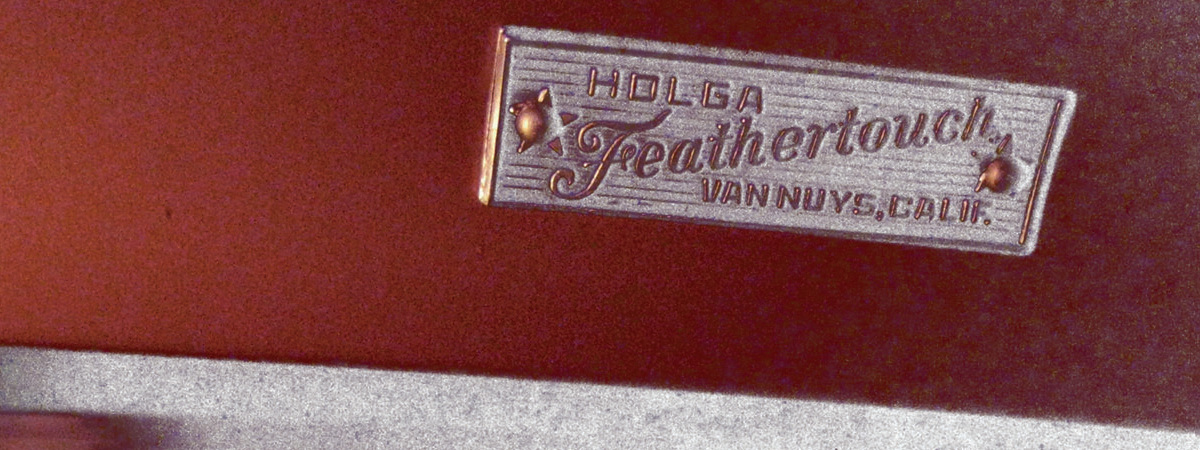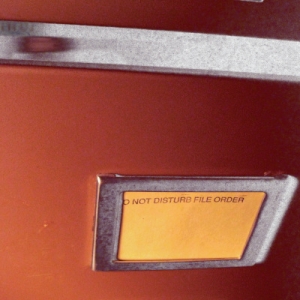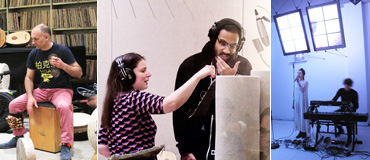Robert Millis | Fragments of the Story
“What is human memory?” Manning asked. He gazed at the air as he spoke, as if lecturing an invisible audience – as perhaps he was. “It certainly is not a passive recording mechanism, like a digital disc or a tape. It is more like a story-telling machine. Sensory information is broken down into shards of perception, which are broken down again to be stored as memory fragments. And at night, as the body rests, these fragments are brought out from storage, reassembled and replayed. Each run-through etches them deeper into the brain’s neural structure. And each time a memory is rehearsed or recalled it is elaborated. We may add a little, lose a little, tinker with the logic, fill in sections that have faded, perhaps even conflate disparate events. In extreme cases, we refer to this as confabulation. The brain creates and recreates the past, producing, in the end, a version of events that may bear little resemblance to what actually occurred. To first order, I believe it’s true to say that everything I remember is false.”
It’s surprising how much of memory is built around things unnoticed at the time.
–Barbara Kingsolver
We live in the mind, in ideas, in fragments. We no longer drink in the wild outer music of the streets – we remember only.
–Henry Miller
Fragments of the Story is in part an audio rendering of a novel by Allen Frost called The Mermaid Translation (Bird Dog Publishing, 2010). All the sounds and words of this installation are derived from this book. Actually it is less a precise rendering and more a remembering of the events this novel recounts and as such the novel provides the framework on which to hang the ideas explored in the installation. I would hazard that most of us do not simply remember things verbatim from start to finish, as a story. Rather there are fragments: snatches of dialog, sounds, interpretations, improvisations, smells, tastes, emotions, memories on top of memories, that our brains put together to form some sort of whole. This process can and often does go partially or fully awry.
“I collect very old 78rpm records. To play them I have an old wind-up Victrola. To adjust the “volume” on this purely acoustic sound reproducer you must pull a knob which literally opens and shuts a door to block or muffle the sound. 78rpm records are, in a way, old memories. Victrolas store and replay these memories. This installation has almost nothing to do with Victrolas and 78rpm records but that was the starting point. From there, somehow, the leap to filing cabinets—each with their own potential resonant qualities—and to the idea of filing away memories and to the thought that viewers could open and close drawers full of auditory memories to create their own narrative or soundscape. As a composition is mediated through a performer and an audience, so sound is mediated through the equipment used to record it and the equipment used to reproduce it, just as memories are mediated and abstracted through the process of remembering.”
-Robert Millis
Artists
Robert Millis
Robert Millis is a founding member of Climax Golden Twins, Messenger Girls Trio, and AFCGT. Solo or in collaboration he has composed soundtracks, worked with choreographers, created sound installations and…
READ MORE >





